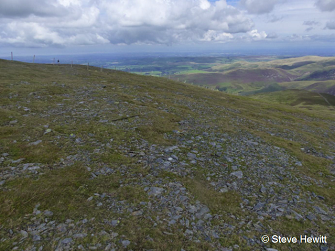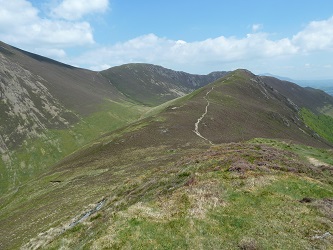Current ISIS code: F221
Previous assemblage name: n/a
Linked assemblage: n/a
Description of habitat typically supporting the assemblage: This assemblage type is characterised by a several invertebrate groups, but especially beetles and spiders.
The assemblage type is most frequently found above the natural tree line, i.e. wherever exposure limits the growth of trees and tall shrubs and allows the development of dwarf shrubs and other forms of stress-tolerant vegetation. Suitable conditions can occur at sea level in the north of Scotland. However, the best examples are associated with the highest altitudes and large expanses of high level land, especially mountain summits with rock outcrops and loose frost-shattered stones, grass tussocks and Rhacomitrium moss mats, etc.

The assemblage type occurs in habitats with a cool, damp microhabitat at ground level, even on exposed mountain tops, where rock crevices and scree slopes can provide suitable conditions. There is some overlap of species composition with Sphagnum bog assemblages that occupy habitats with a similar microclimate.

This SAT is cold-adapted and thus potentially sensitive to climate change.
Sampling & assessing the assemblage
Standard sampling protocols apply, though sweeping time should be increased; it is likely that several visits, possibly coupled with pitfall grids will be necessary to gain enough species to make any assessment worthwhile.
Target groups: Coleoptera, spiders
Fieldwork methods: ground searching
Alternative methods: suction sampling
Season: summer & autumn
Whilst suction sampling might be an option where high mountain roads make access to the hill easier, the weight implications will rule it out for some sites. Passive trapping techniques such as pitfall grids will overcome issues around naturally low productivity and weather impacts at altitude.
Discrimination of conservation quality: good
Default target: 8 species
